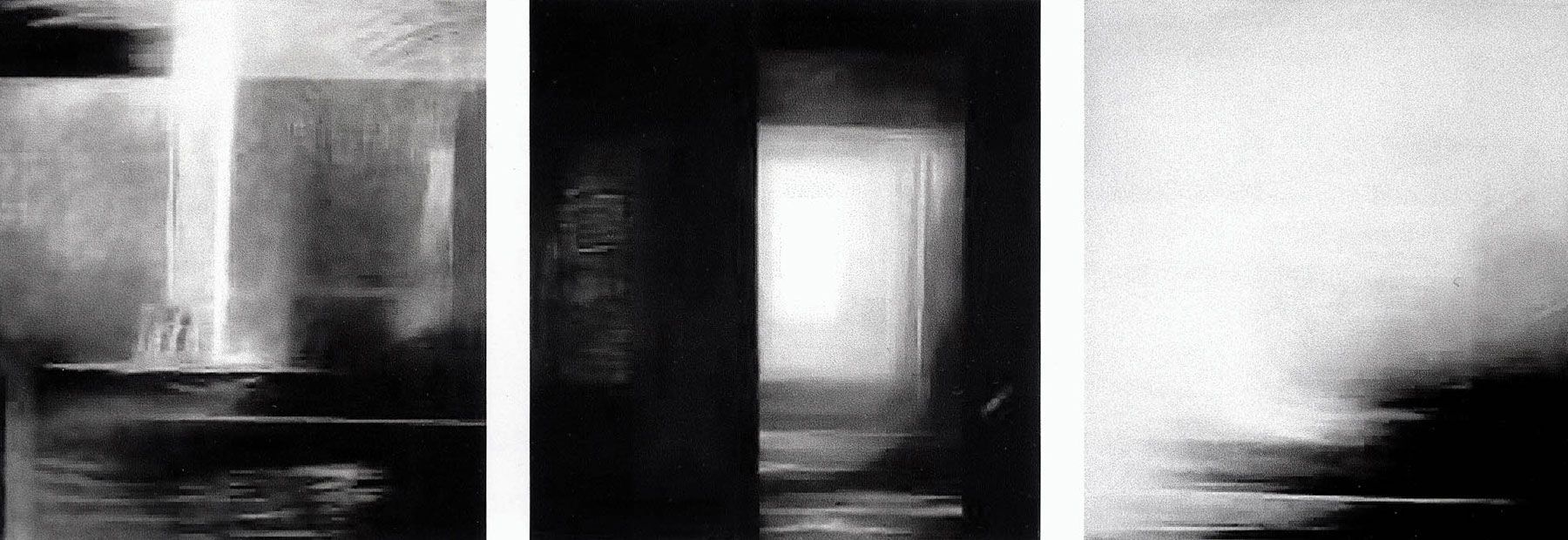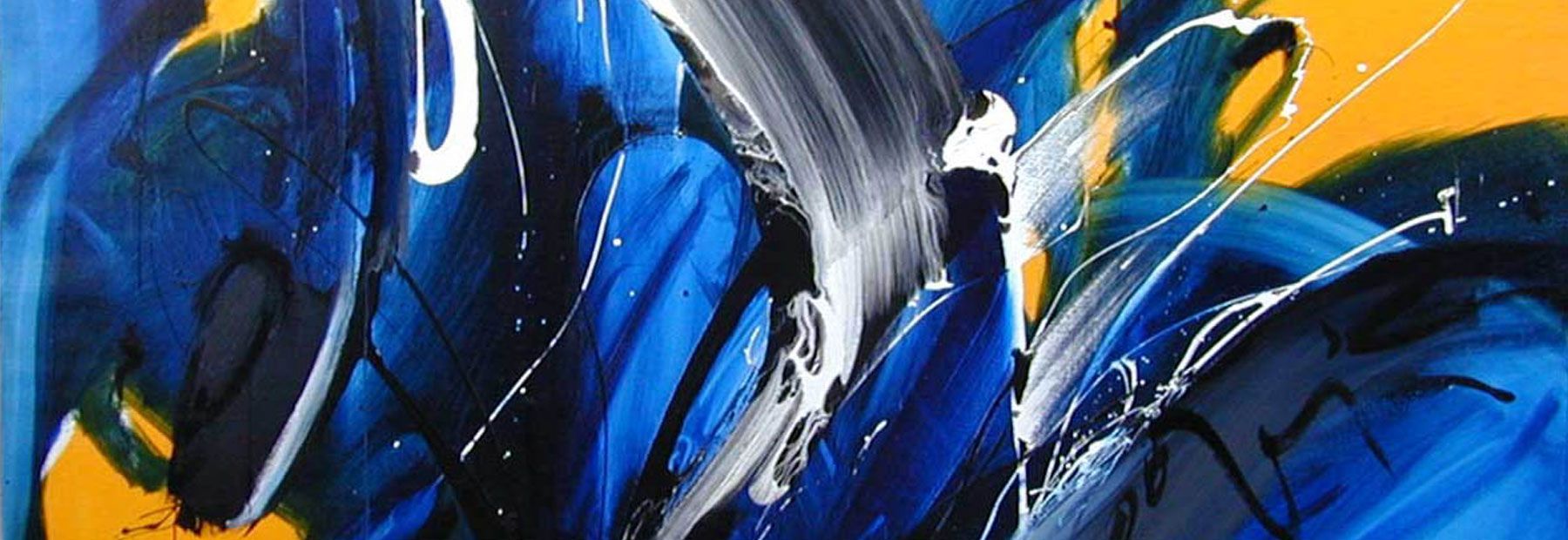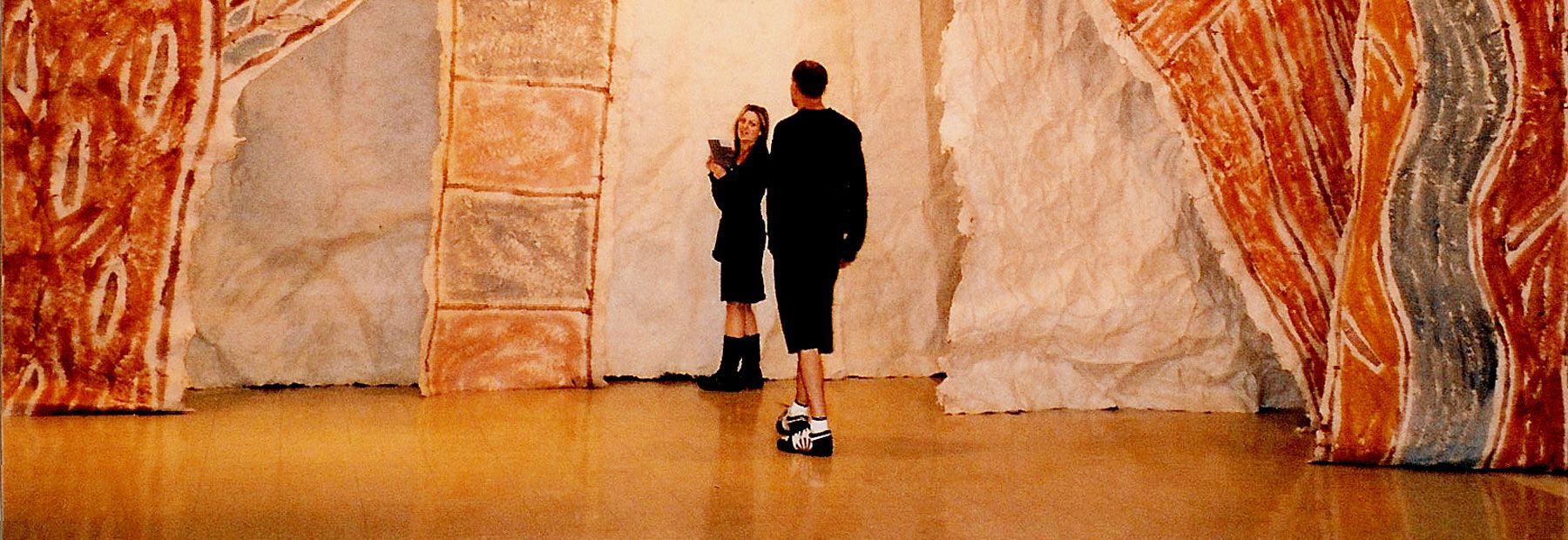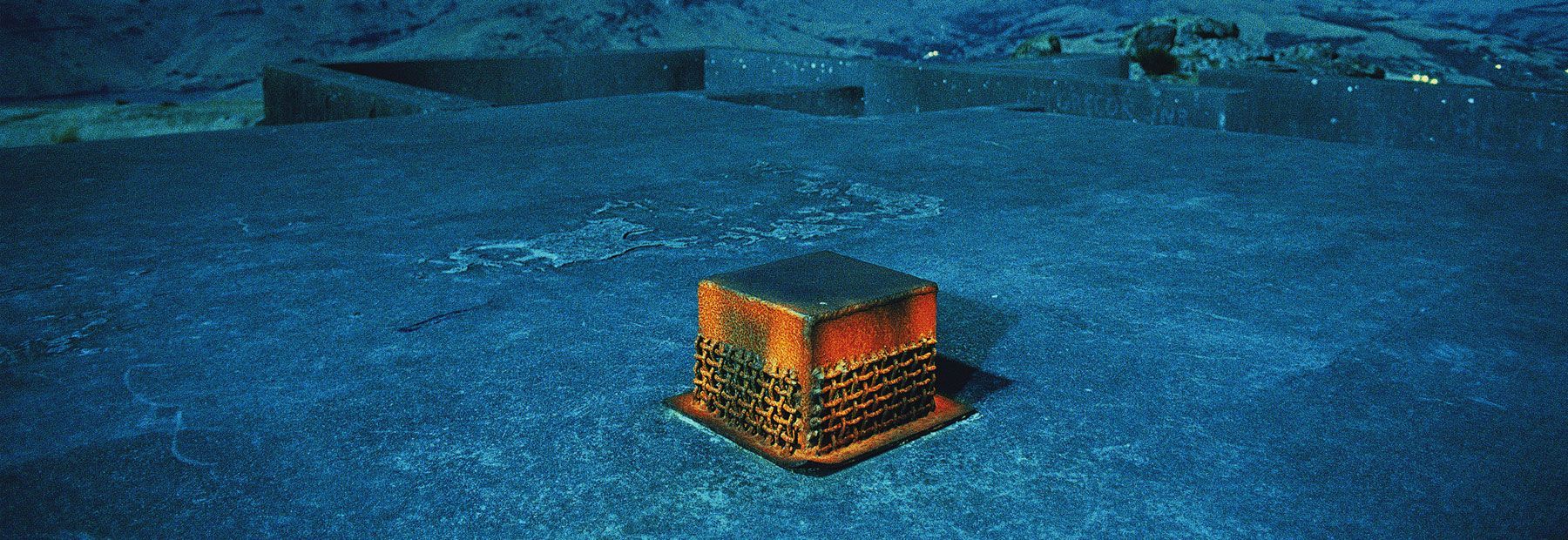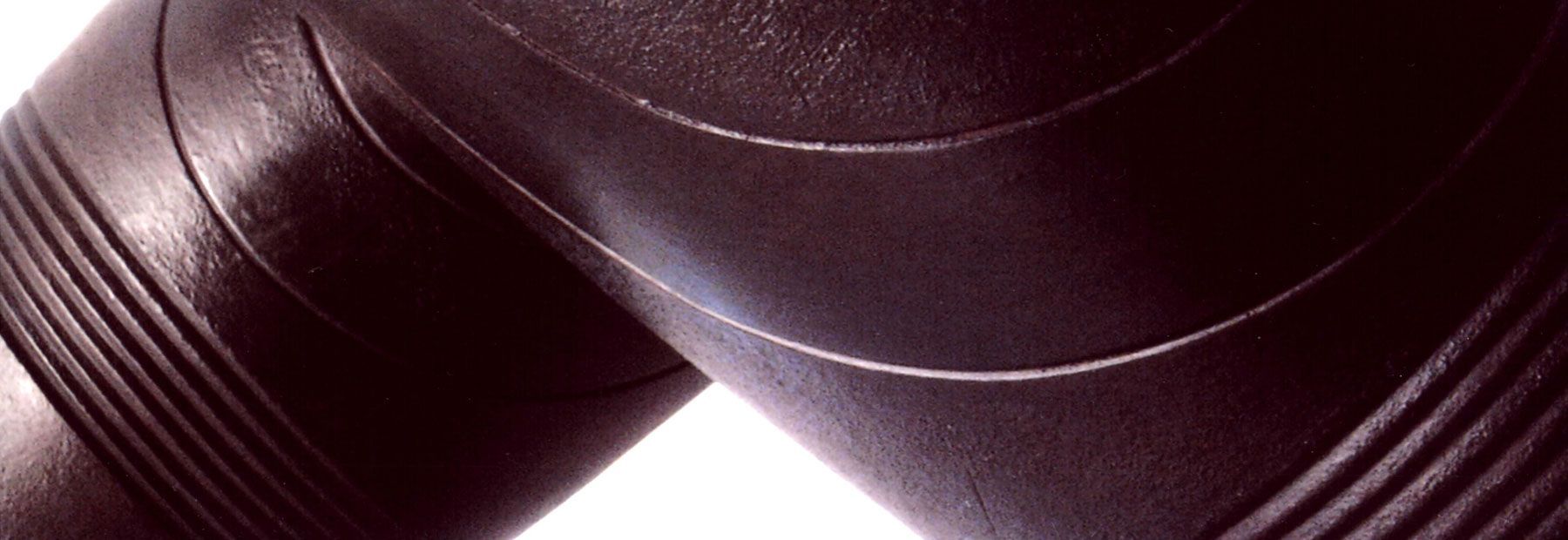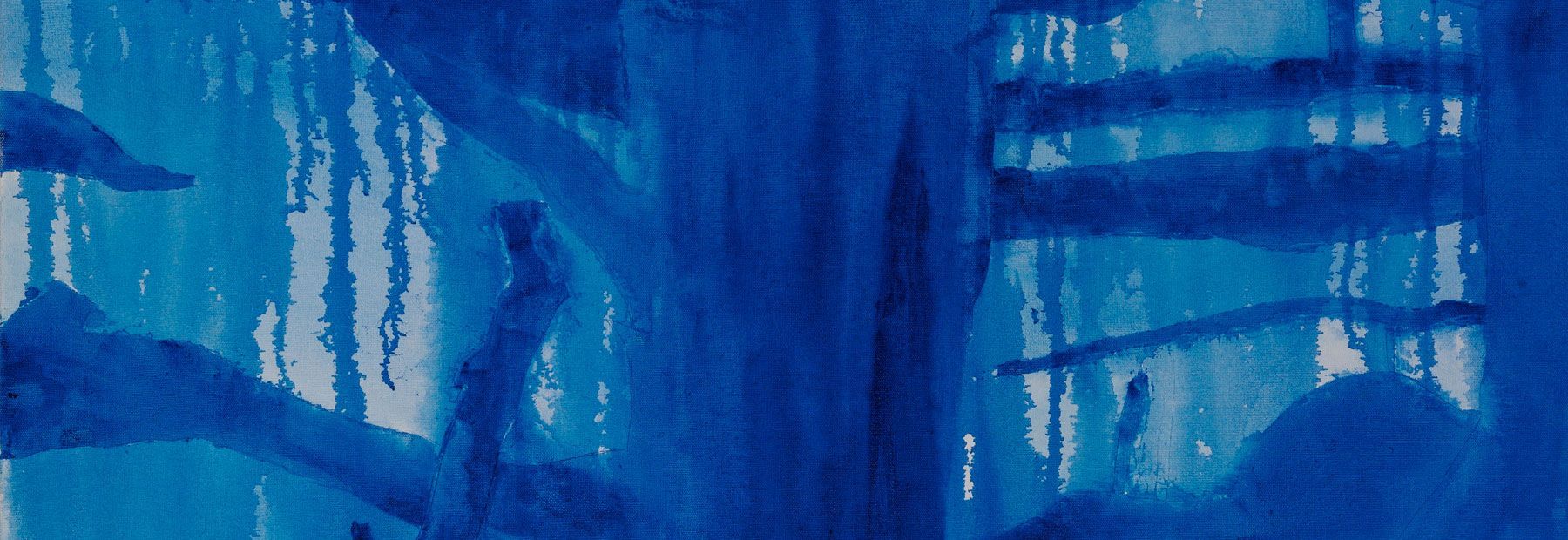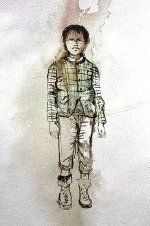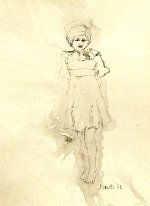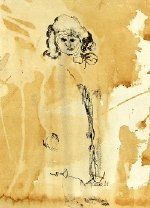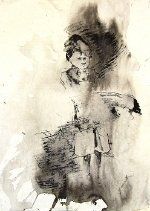Lost Voices
A review of Evelyn Kawiti's recent exhibition.
NorthArt Gallery, Auckland
23 June - 12 July 2009
A Hybrid space
Evelyn Kawiti’s 'Lost Voices' is an exhibition of watercolour and Indian ink drawings based on individual pictures of Maori school-children from the 1800s. Kawiti presents for us an honour roll of original characters who, across time, communicate much to us through their stance, garments and facial expressions.
Kawiti effectively uses the gallery space to mimic fictional class groupings through scale, format and layout. They have been lined up, organised and ordered. Her drawing style says a lot with a little. Stained, intuitive brush-splashed backgrounds are breathed with life in a few carefully drawn inky marks.
Kawiti agrees that new dialogues within a hybrid space are a natural outcome of her investigation. In each of our heritages some form of injustice has played a part.
Kiwi Mythic
These drawings go some way toward righting the wrong for Maori in their loss of language. There is a Kiwi myth of an egalitarian nation, one where everyone has the same chance at success. Evelyn Kawiti’s work dialogues the post-colonial process where Maori have been disenfranchised through a limited ability to express themselves through their own language.
Opening Dialogue
The colour washes of brown, coral, red, vibrant blue, salmon, remind me of Jim Dine’s ‘Glyptotek’ sequence of drawings where bold marks and delicate detail co-exist harmoniously. Kawiti’s work also sits within the New Zealand School Journal illustration tradition of artists like Murray Grimsdale. In these journals, New Zealand stories were told and Maori and Pacific island faces were first seen as pivotal characters within these stories. Upon reading the story behind Kawiti’s Lost Voices, reaction has been varied, viewers often linking it back to their own personal narratives around language, education and race.
Kawiti’s work is original; it sensitively opens a new hybrid place for us to dialogue about our culture and identity. This is no longer a lost voice but one that speaks clearly and rings true.
Reviewed and written by Esther Hansen.


